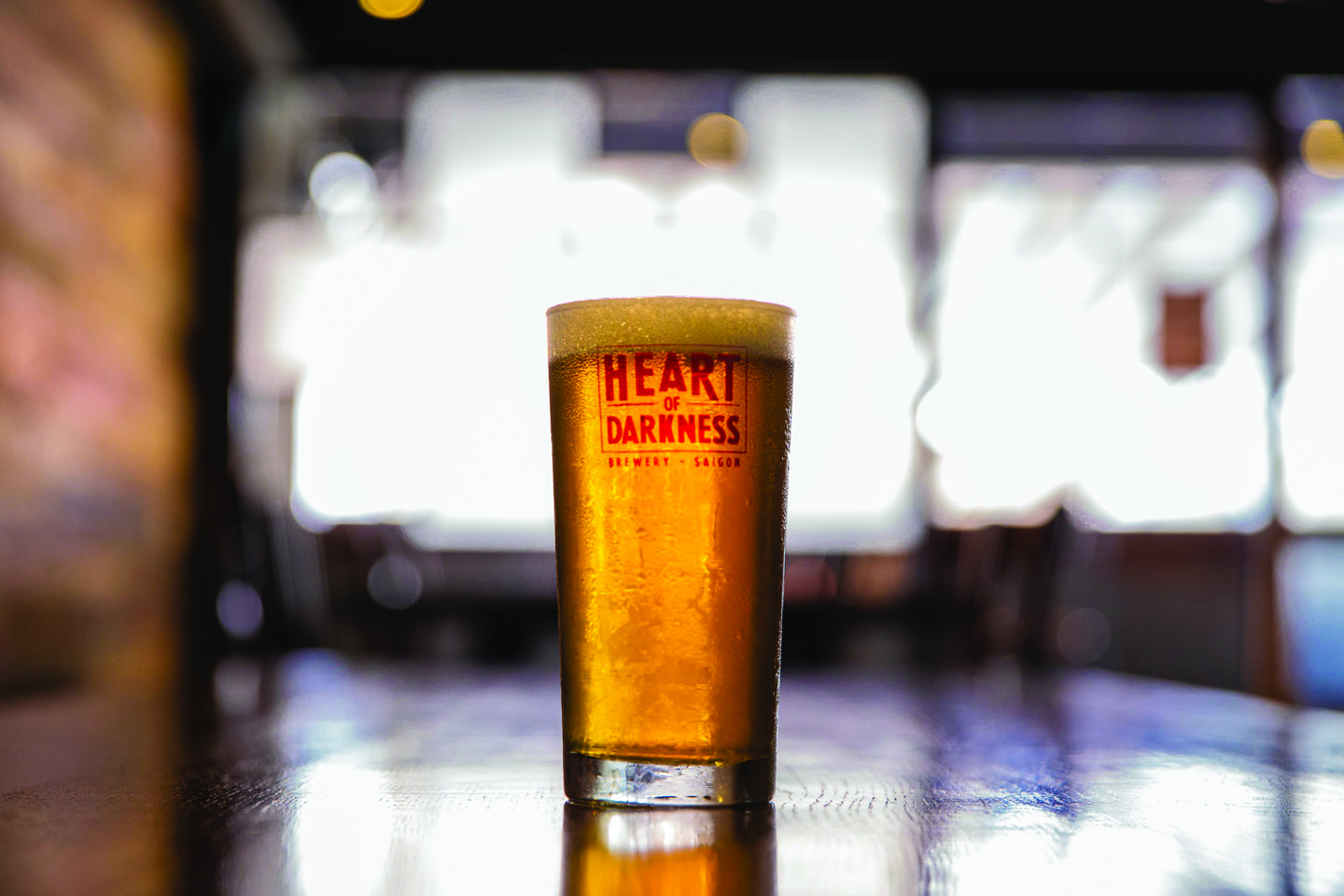
We have come a full circle. For centuries, all beer was essentially brewed in homes or local taverns or in monasteries for home or local consumption. With industrial revolution, mass production became the norm and large breweries opened up and started dominating the market. Large breweries continue to dominate and have gone beyond their shores. However, since a couple of decades now, the concept of craft beer has caught on and has been doing pretty well in the niche space, thus completing the circle. Anchor Brewing Company from San Francisco is credited with having started the craft beer movement in 1976.
In Southeast Asia, the trend is much more recent, happening at the turn of the century, driven mostly by urban youth, tourism, upwardly mobile population and lifestyle trends. Singapore, Vietnam, Thailand, the Philippines and other countries in the region, now have a very vibrant craft beer scene, creating their own space, even though limited in terms of volume, sticking to the term ‘craft beer’ which essentially means beer made by small, independent and traditional breweries with a focus on flavour, quality, freshness and innovation.
They certainly are not competing with the Heinekens, the Carlsberg, the Tigers, the Singhas, the San Miguels who have scale on their side. They are content with serving the community they are in, experimenting with new flavours, on a frequent basis, but providing customers a ‘refreshing experience’.
Singapore home to umpteen craft beer brands
In Singapore, the craft beer trend is said to have started around 2010 reportedly by Brewekz, a restaurant which catered to discerning local customers. Subsequently, Archipelago Brewery, a subsidiary of Asia Pacific Breweries started experimenting with craft beers. Not unnerved by the imports, a hawker centre stall by the name The Good Beer Company and Smith Street Taps took to brewing and educating the locals.
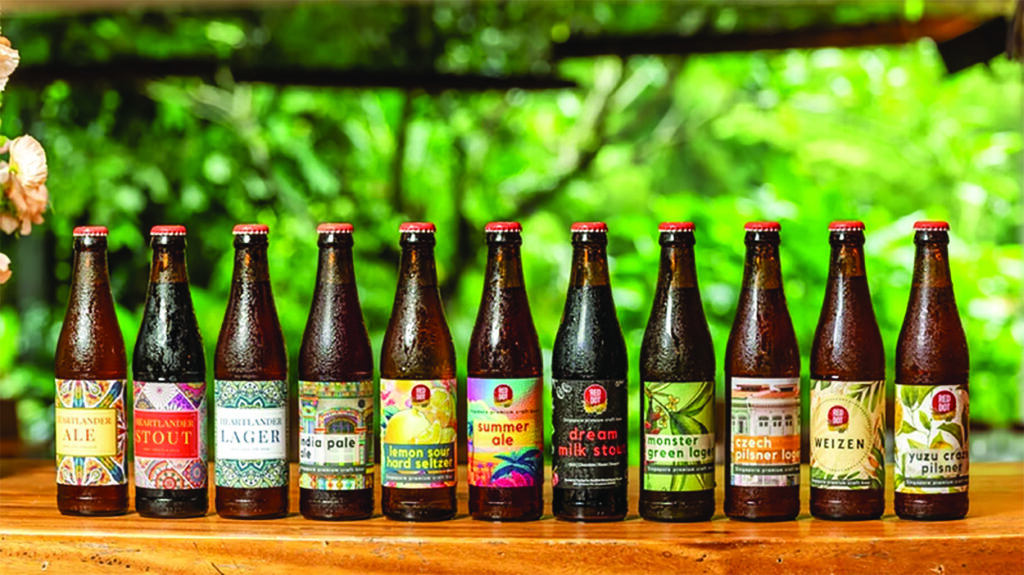
It was only a decade ago that craft beer in Singapore started gaining traction with many microbreweries such as RedDot Brewhouse, Jibiru, Paulaner Brauhaus and others coming up with their own style of beers and the millennials caught on to this trend. Beer festivals, promotions, tasting sessions and other events further propped the category. Post 2018, craft beers market started exploding with number of breweries and brands hitting the scene, to name a few – Trouble Brewing; Sunbird Brewing Co.; Off Day Beer Company; Lion Brewery; Alive Brewing among others.
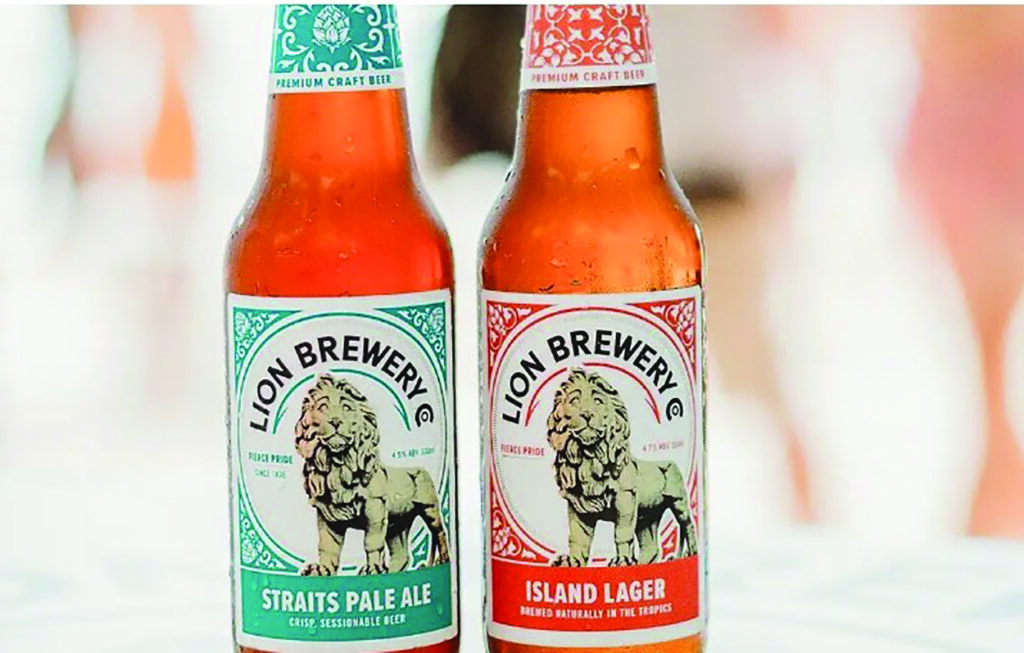
Increasingly, craft beer is becoming part of urban lifestyle in areas like Keong Saik, Duxton, Katong, and Haji Lane. And with sustainability being a fad, there are several low-alcohol or no-alcohol beers which are trending. This fad is spreading to even Hawker centres and kopitiams (coffee shops), some of whom offer craft beer, particularly during festive seasons.
Surge of Craft beer in the Philippines
In other parts of Southeast Asia too, similar trends are noticeable. In the Philippines, craft beer has captured the imagination of the younger generation in cities such as Manila, Cebu and Davao. The credit goes to a handful of passionate brewers such as Craftpoint Brewing Company; Pivo Praha; Fat Pauly’s Handcrafted Ales & Lager; Bagulo Craft Brewery and the Perfect Pint, said to be the first craft beer bar in the Philippines.
The surge of the craft beer category happened, thanks to some of the microbreweries and homebrewers (Joe’s Brew; Nipa Brew; Pedro Brewcrafters; Crazy Carabao; Monkey Eagle and others) using the social media to good effect. The few beer festivals (MNL Craft Beer Fest and the Philippine Craft Beer Community) are helping catapult the category to reach another level. Now craft beer has become a staple in hipster bars, upscale restobars, and online marketplaces.
Like elsewhere in the world, craft beer in the Philippines has a distinct local identity as breweries are using ingredients that are locally and easily sourceable. Craft beers with Filipino flavours are a rage and the ingredients include calamansi (Philippine lime), mango, coconut, sampalok (tamarind) and ube (purple yam).
Bold tropical flavours from Vietnam
Vietnam is a country to watch as craft beer here is growing at a phenomenal pace and is known for its bold tropical flavours. What started as a few expat-run breweries has now become a culturally rooted movement in cities like Ho Chi Minh City, Hanoi and Da Nang.
As a nation, it has deep beer drinking culture. Vietnamese people have relished bia hoi, inexpensive draft beer at the local taverns, alongside mega brands such as Saigon Beer, 333 and Hanoi beer. Craft beer was virtually non-existent, with only imported bottles occasionally found in high-end venues. It was in 2014 that Platinum Beer first introduced craft beer, post that there is no stopping as many microbrewers mushroomed. Pasteur Street Brewing company founded by Americans in Saigon catapulted craft beer using local ingredients such as jasmine, passionfruit, lemongrass, Phu Quoc pepper, durian, pomelo and dragonfruit.
Soon there were a plethora of microbreweries and taprooms such as Heart of Darkness; East West Brewing; Winking Seal; Furbrew; 7 Bridges Brewing Co. and others, thus giving Saigon the unofficial title of ‘craft beer capital’ of Southeast Asia. Post-Covid, besides the main cities, craft beer has made inroads into places such as Hoi An, Nha Trang, Dalat etc.
Cautious growth in Malaysia
In Malaysia, the craft beer scene has witnessed a steady but cautious growth, primarily due to religious sentiments and regulation. However, Kuala Lumpur presents itself as a modern city having a vibrant food and beverage disposition and globally minded drinkers. Strict licensing laws in the Muslim-majority country have restricted the growth of breweries, even while commercial lagers such as Tiger, Carlsberg, Heineken and Guinness are doing good business, even sold at supermarkets such as 7 Eleven.
Taps Beer bar in Kuala Lumpur is said to be the pioneer, offering a selection of local and imported craft beers, while the Great Beer bar has been known for experimental brews. However, the growth of not just craft beers, but other spirits too has been limited due to the country’s excise laws and religious norms.
Thailand brews as well as imports
When talking about beer in Thailand, three names stand out: Chang, Leo, and Singha. These brands have become synonymous with Thai beer culture, each offering its own distinct taste and experience. However, industry experts forecast that the craft beer segment will see significant growth over the next few years. With more young entrepreneurs entering the field, there is a surge in creative and experimental brews that challenge traditional styles. This trend is likely to create even more competition, pushing both local and international brands to raise their standards.
As one of the world’s most popular travel destinations, Thailand attracts millions of visitors annually, last year the number was 35.04 million international tourists, and majority of them look for exciting food and beverage options. Craft beer in Thailand has grown significantly in the past decade, driven by a new generation of brewers, changing consumer tastes, and a vibrant youth and tourism culture.

Due to strict laws, many Thai brewers began by contract brewing abroad, especially in Cambodia, Vietnam, and Australia, then importing the beer back to Thailand. Popular craft beer brands are Chatri beer (known for bold flavours); Happy New beer (based in Chiang Mai); Full Moon Brewworks (known for ‘Chalawan Pale Ale’ in Phuket); Stone Head Brewing (brewed in Cambodia); Mahanakhon beer (aligns with Bangkok nightlife) and others. Bangkok is a major hotspot with bars such as Hair of the Dog; Mikkeller Bangkok and Tawandang German Brewery.
The problem in Thailand is getting a brewing license as the government stipulates that a brewery must produce at least 100,000 litres per year or be a public company, making small brewers to look outside the country. Unless, the government relaxes the excise rules, brewing in Thailand is a costly affair, best left to the mega breweries.
Bali and Jakarta offer variety
Similarly, the craft beer market in Indonesia is restricted as it is a Muslim-majority nation with strict import and distribution laws. However, popular tourist destinations such as Bali and Jakarta are exceptions with breweries such as Stark Craft Beer and Island Brewing catering primarily to the expat and tourist crowd, offering refreshing tropical-style ales and lagers.
In the past, the beer industry in Indonesia has always been pilsener or lager. Two well-travelled and huge beer enthusiasts, Bona and Jacob recognised that there was a need for better quality and good tasting beers. Passionately about this idea, they made it their mission to produce Indonesian craft beer that can compete on a world stage.
Craft brewing in the Northern mountains on The Island of the Gods, Bali. We are proud to say that we are producing THE ONLY BEER MADE IN BALI, which is also THE ONLY CRAFT BEER IN INDONESIA.
Across Southeast Asia craft beer is no longer a novelty — it’s becoming a statement. As younger generations seek authenticity, quality, and local stories, craft brewers are rising to the challenge with unique styles, community engagement, and regional collaborations. However, success hinges on navigating local legal frameworks, managing supply chain complexities, and educating consumers. Markets like Vietnam and the Philippines show explosive potential, Singapore continues to innovate while Malaysia and Indonesia take cautious steps. Irrespective of where one is, craft beer continues to evolve.


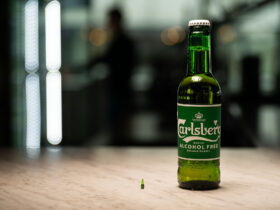


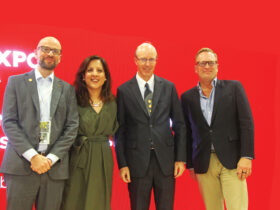
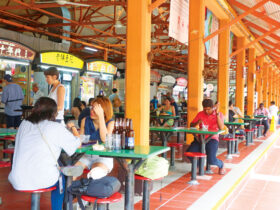
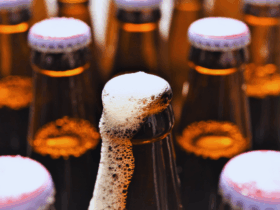
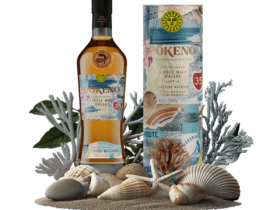
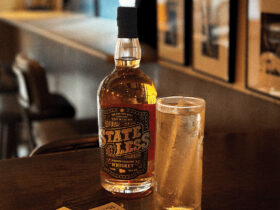

Leave a Reply